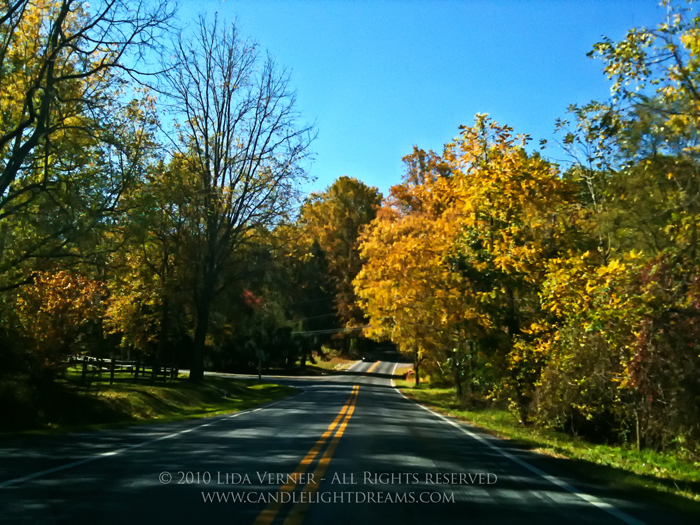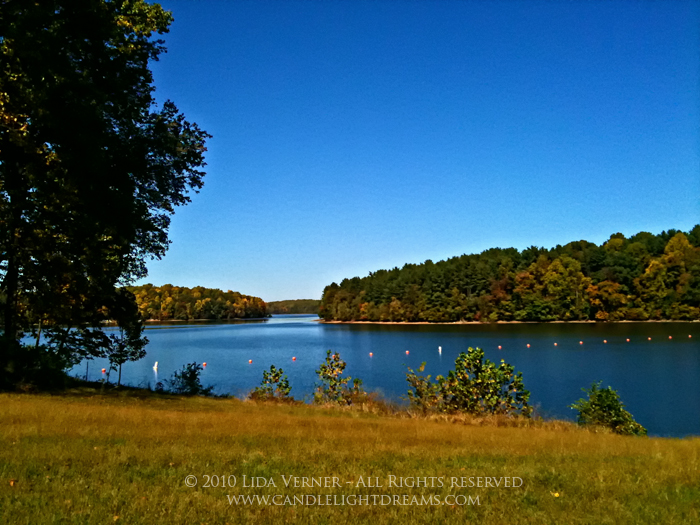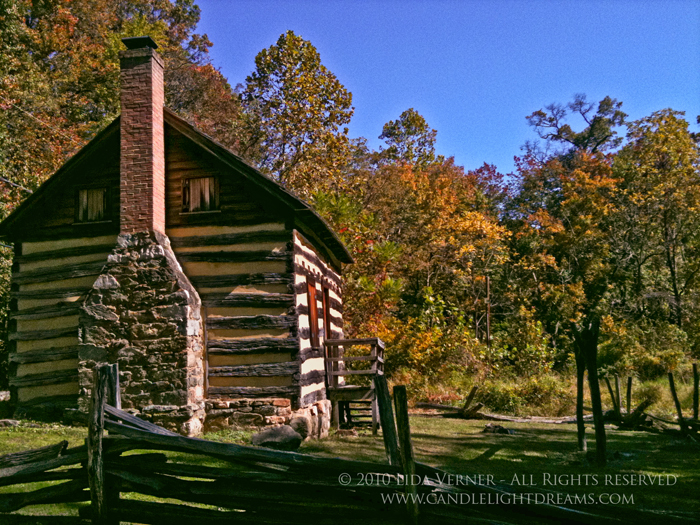Stop ... and see
/One of the blessings of photography is that it has taught me to see. I mean really see. To notice things. OK ... so in my mind they are always set up in terms of photography and I tend to be oblivious otherwise, but I am alway on the lookout for good images.
Unfortunately, that usually correlates with when I do not have my good camera with me.

So .... you take it with whatever you have with you. In my case, it was my iPhone 3Gs. The above image was taken out of the windshield of my car. I just loved the colours.
When I drove over Brighton Dam a little further down the road, I was cursing at myself for not having my SLR with long lenses but stopped and took the picture any way.

I continued on my way only to come to a screeching halt (I really do have to fill the tires of my Prius), when I passed a log cabin that I have passed many times before. For some reason the colours in the trees really pulled me into the scene and I had to investigate. It's not often you pass a log cabin on the side of the road and as I pulled aside I noticed a sign indicating it was the "Oakley Cabin".

It turns out that this is a Montgomery County historic site. I looked it up on the internet and discovered the following history (taken from the web page):
Built in the early 1820s, Oakley Cabin was part of the Oakley Farm, which occupied part of Colonel Richard Brooke’s large land tract known as “Addition to Brooke Grove.” Brooke, a Revolutionary War hero was known as “the Fighting Quaker.” He built the “big house” called Oakley in 1764, which was destroyed in the 1970s.
Brooke, who died in 1788, willed all his property to his only child, Ann, who later married William Hammond Dorsey. They had five children. Like her father, Ann and William never lived on the Oakley Farm. Instead William built their home, Dumbarton Oaks in Georgetown. When Ann died in 1802, William sold all of his Georgetown property and moved to Oakley. William died in 1818. The Dorseys’ son, Richard B. Dorsey, transformed Oakley into a farm, on which his 23 slaves worked. It was during this time when the Oakley Cabin was built around 1820.
The 1½-story Oakley Cabin has a stone chimney with brick stack. Oak and chestnut logs are joined with dovetail joints and chinked with stones, now largely covered with cement. There are two rooms divided by a bead board partition wall. A boxed staircase leads to the upper loft.
Dr. William Bowie Margruder bought Oakley farm in 1836. A local doctor to both white and black families, Margruder owned 19 slaves to help farm the land. Between 1820 and 1878, two more cabins were built. Oakley Cabin is the only remaining one. After Dr. Margruder died in 1873, Josiah J. Hutton purchased the farm.
According to census records from 1880 to 1920, between 22 to 37 people lived in the three cabins. The residents were black and white, slaves and free citizens with jobs ranging from farm laborers and carpenters to blacksmiths and laundresses. The cabins formed a small roadside community that likely shared household tasks and sold produce and hand-made articles to travelers on the Brookeville Road. It represented a cross-section of cultures that make up the unique Black American folk experience.
The point that I am trying to make with all of this is that we spend so much of our lives quickly moving from one thing to another, getting from here to there, that we tend not to notice what is around us. I have passed that cabin for years and had always put off stopping at it because I was in too much of a rush to get where I was going. I'm glad I finally stopped. I am definitely going back with my bigger camera and do a study of the place, but until then, I have an image that will always take me back to that fall day when I took the time to stop and discover a piece of Maryland history.